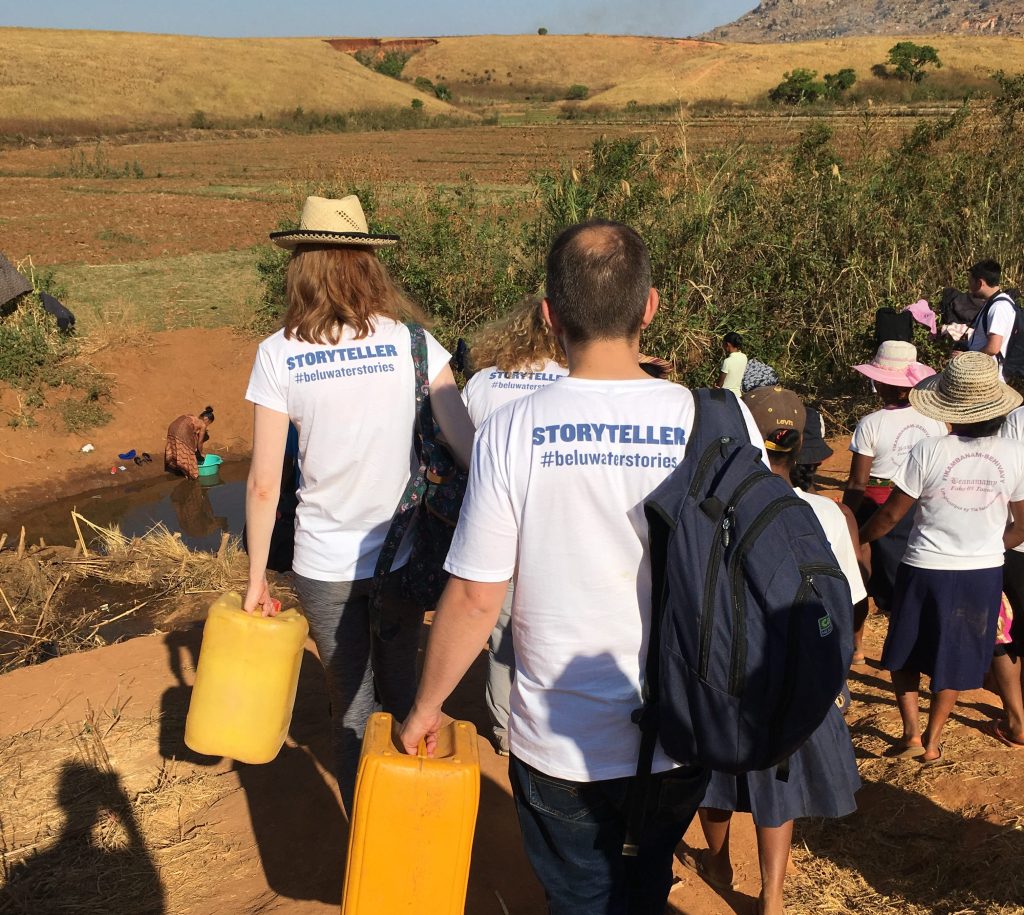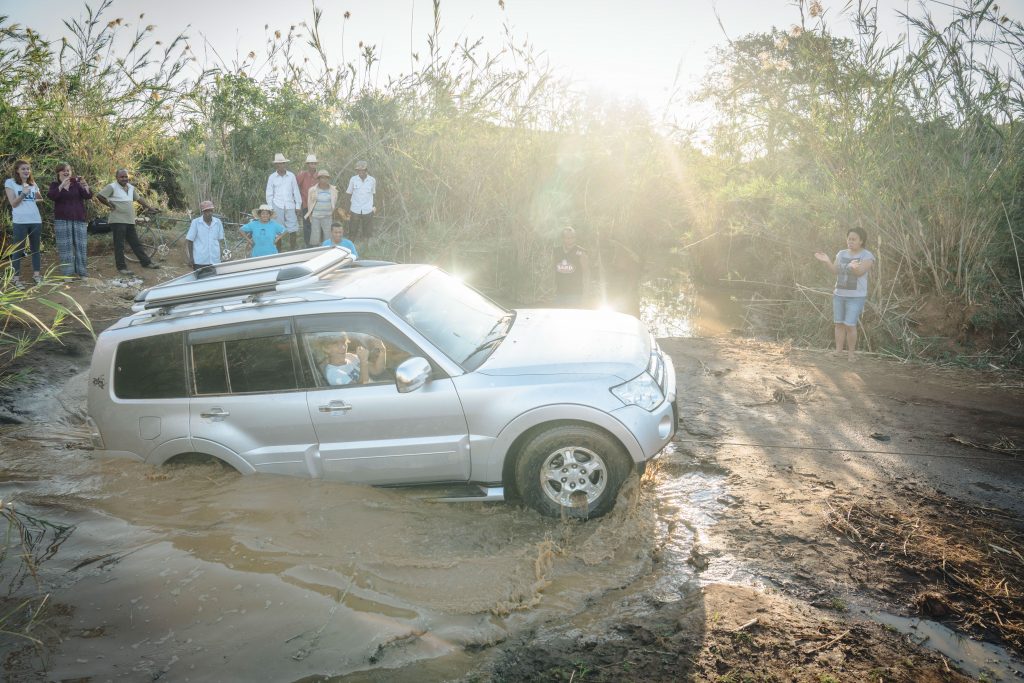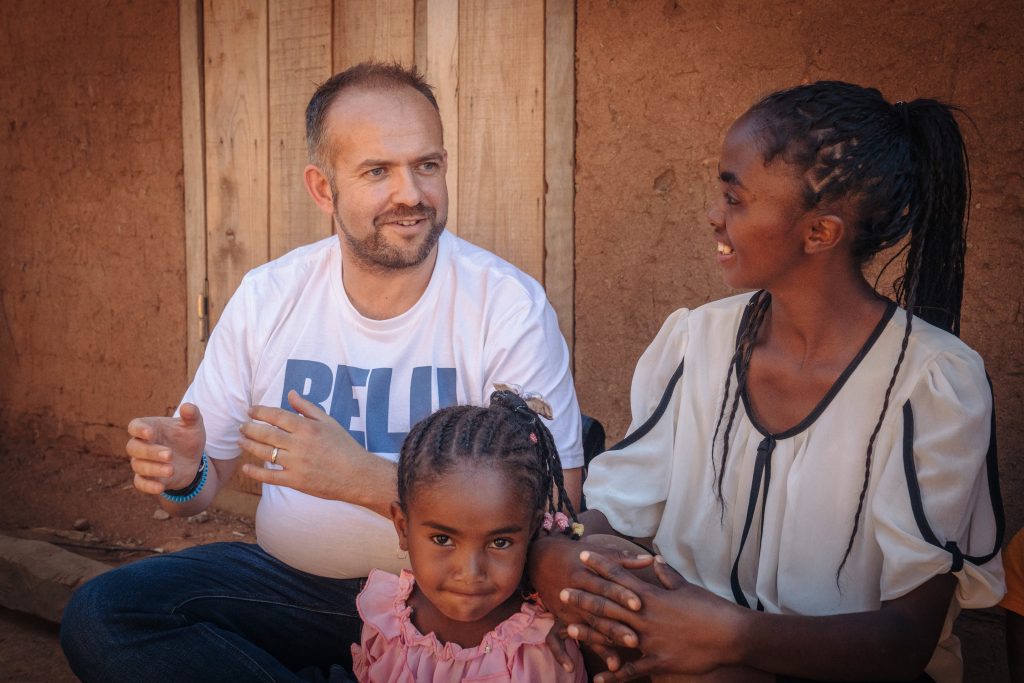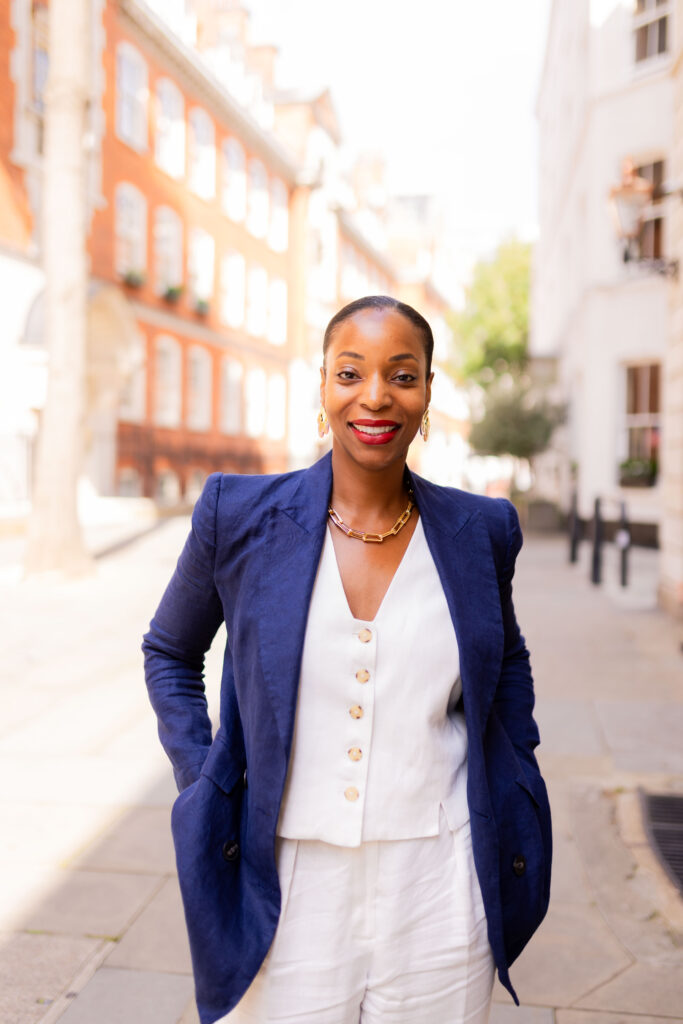This
World Water Day (22
nd March), I am fondly remembering the people I met when I travelled to Madagascar in 2017 to see the impact of Belu’s profits with our partner
WaterAid. I saw how lives are changed for good when clean water, decent toilets and good hygiene arrives in communities, along with the stark contrast when communities do not have clean water to drink.
Madagascar’s lack of infrastructure and the remoteness of some communities makes access to clean water a real challenge. Almost half of Madagascans have no clean water, and around nine in ten still have nowhere decent to go to the toilet. Without water, it’s difficult for people here to make hygiene a priority. Deadly diarrhoeal diseases are common. Our partner
WaterAid is working hard to transform lives for the better in this beautiful country.
Being a father of two boys, and meeting children of a similar age, made my trip to Madagascar a particularly personal experience. As a father, I wondered what it would be like if my children, my wife and I didn’t have clean water to drink, and how I would feel about that?
We first visited Beanamamy, a remote rural community where their only source of water was a dirty river 100 metres from the village, which animals also used, the community bathed in and also tried to wash their clothes.
What struck me was the sheer hard work involved in collecting water. I tried balancing the big plastic jerry can on my head which, even half full, was a struggle. People from the village collected water two to three times a day, early in the morning or late at night because of the heat. Water is a constant need, with women and children collecting the most, which can keep them from school or work. I watched a mother feed her children yam soup made with dirty water. Families I met said that people were frequently sick, and the community told us how water-related diseases such as Bilharzia were common.
People in the community were keen to tell their story and were excited about WaterAid’s plans to bring them a long-term sustainable clean water supply.
I met Hanitra, the local school teacher. She introduced me to her family and told me a bit about the daily struggles they faced and how lack of clean water impacted the children she taught at the local school, with frequent absentees due to sickness. Meeting Hanitra really bought home the challenges that the whole community faced and what a difference having access to clean water and sanitation was going to bring once it was introduced.
On a personal level as a father I cannot imagine having to give my children dirty water that I know could make them sick but equally having no other choice, it must weigh heavily on your emotions.
1 in 9 people worldwide still have no access to clean water.
The contrast between Beanamamy and Ambatoantrano, the next village we visited, was clear to see. I could tell it was more prosperous from the better-maintained houses, small shop and café, and people looked healthier. The community was benefiting from the water points that WaterAid had helped them to install, and people now had clean water to drink, could practice better hygiene and wash their clothes. They spend less time collecting water, so they have more opportunities to work, earn more money and have aspirations. I met the inspirational Madam Holy, an entrepreneurial lady who had her own shop, now able to work more instead of spending time fetching water from dirty sources. She provides cash credit to her neighbours and has big ambitions for her business.
People also took pride in their water point with a cooperative maintaining it, growing plants around it and they do not take it for granted. The community was involved in the construction of their water source, a huge water tank fed by a gravity flow scheme, through the community-led approach that WaterAid adopts to ensure sustainability. It also felt to me, that villagers had more time and energy, with the community actively investing in developing resources such as schools and their own enterprises.
To see the end results of the profits we make at Belu will be an experience that will stay with me forever. Once a community has clean water and decent toilets, it’s remarkable to see the positive difference in people’s lives and how they can really thrive.
On World Water Day, I’m looking forward to seeing the changes that happened in Beanamamy since we visited, and the positive impact that clean water has had on the villagers. #WorldWaterDay #BeluWaterStories
By Nolan Wright, Head of Operations, Belu










